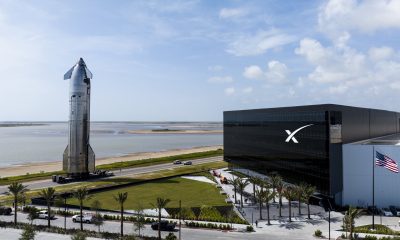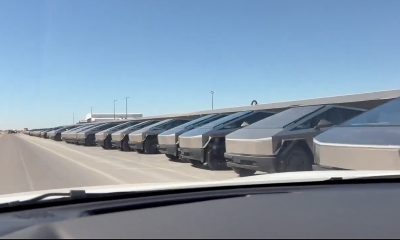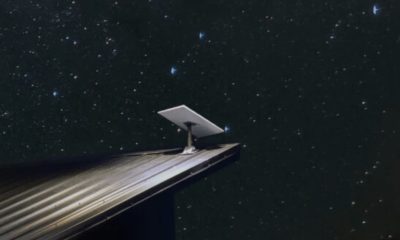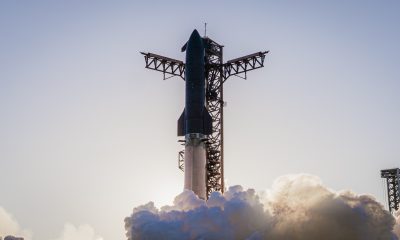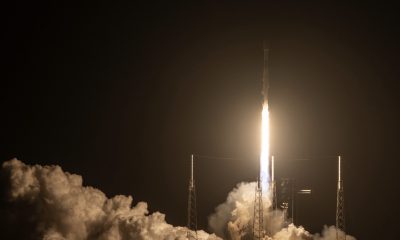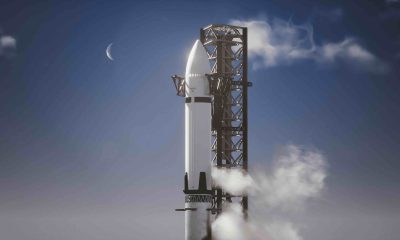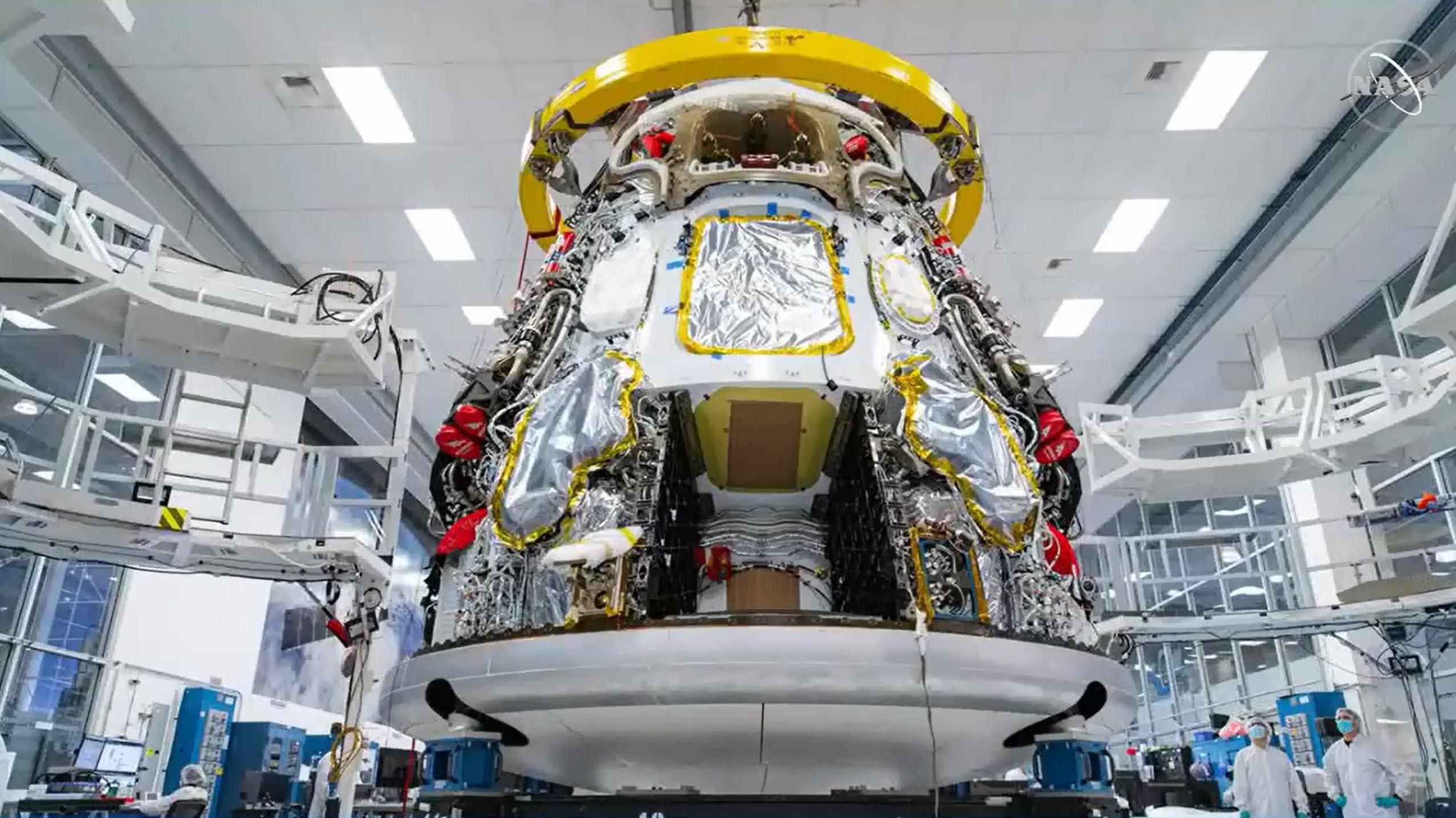
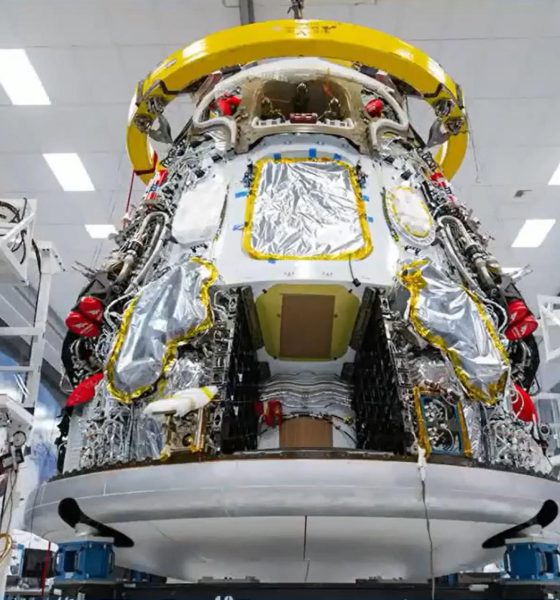
News
SpaceX Crew Dragon capsule arrives in Florida for next NASA astronaut launch
The SpaceX Crew Dragon capsule destined to complete the company’s first operational mission to the International Space Station (ISS) – designated Crew-1 – has been delivered to SpaceX processing facilities in Florida. As previously reported by Teslarati, the C207 capsule was in the final stages of wrapping up integration at the SpaceX factory in Hawthorne, CA in early August. Over the weekend, capsule C207 completed the trek from California to Florida and arrived at SpaceX facilities at Cape Canaveral Air Force Station on Tuesday, August 18 according to a NASA Commerical Crew blog post.
Ahead of shipment from California, capsule C207 was outfitted with a trunk section featuring upgraded solar panels intended to extend Crew Dragon’s previous limitation of ~120 days in orbit. The upgraded solar panels should extend the limitation and mitigate the amount of solar cell degredation that occurs while in orbit allowing the Crew Dragon – and astronauts – to remain in orbit for as long as six months meeting NASA’s long-duration mission requirements.
The capsule was also equipped with all necessary hardware including the re-entry heat shield, Super Draco emergency ascent abort thruster system, and parachute landing mechanisms prior to shipping out to Florida. The capsule will undergo final check outs and testing – such as acoustic testing – while at SpaceX’s Florida processing facilities prior to being mated with its Falcon 9 booster in SpaceX’s Horizontal Integration Facility at Kennedy Space Center’s Launch Complex 39-A.
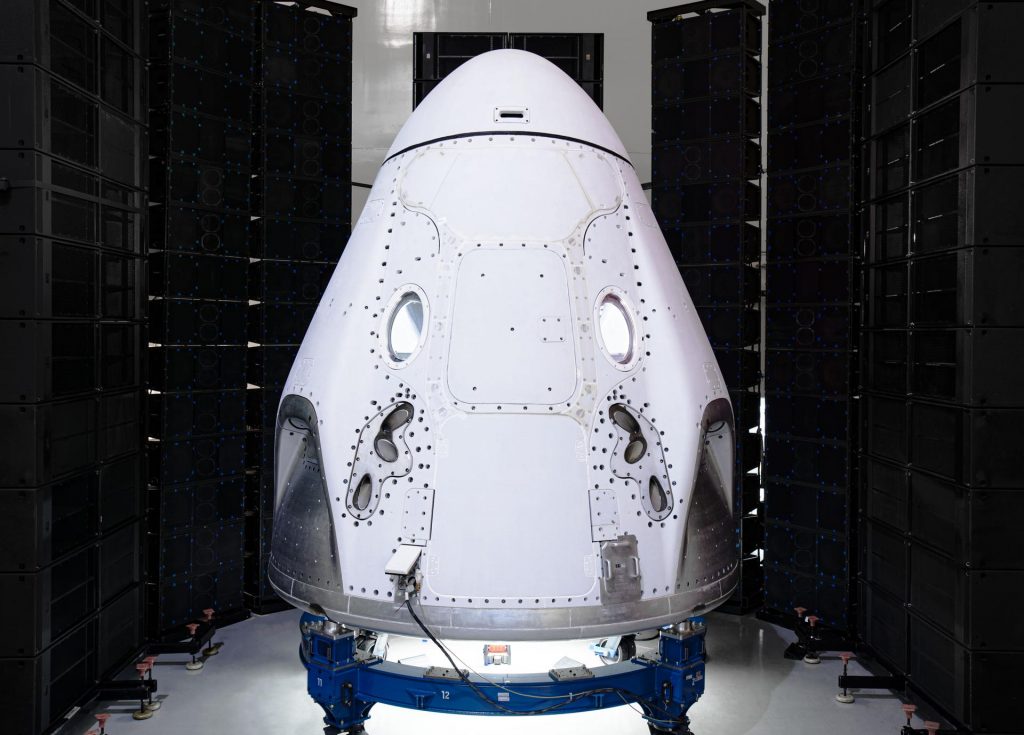
The arrival of the astronaut capsule follows the delivery of a brand new Falcon 9 booster. The booster (B1061) made the trek from SpaceX testing grounds in McGregor, Texas back in July before arriving at Cape Canaveral Air Force Station. Before shipment the booster successfully passed a static fire acceptance test of its nine Merlin 1D engines on a test stand at the Mcgregor facility.
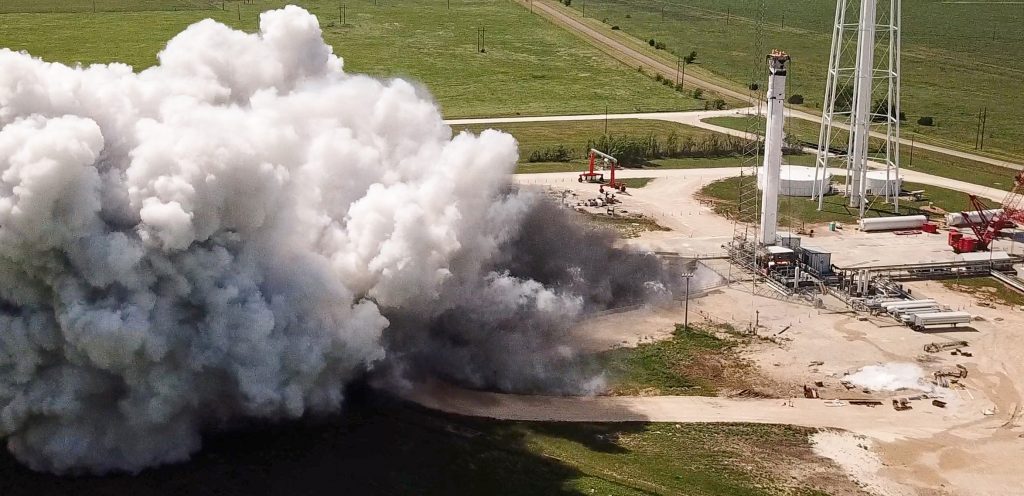
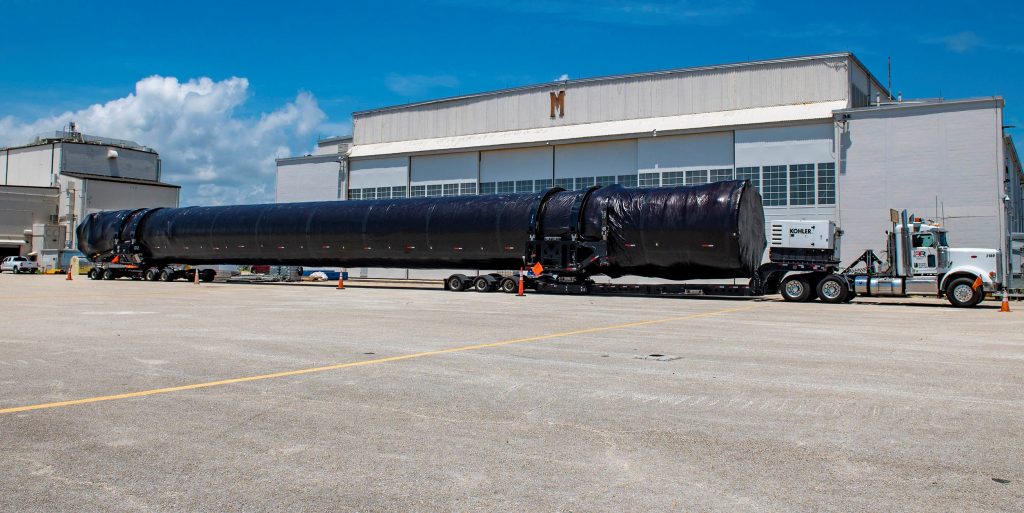
In the blog post, NASA also stated that the Falcon 9’s second stage outfitted with a single Merlin Vacuum engine also passed acceptance test firing at the McGregor facility on Tuesday August, 18. The MVac engine of the second stage was previously succesfuly static fired back in April as confirmed on the company’s Twitter account. The recently test fired completed second stage is expected to ship to Florida in the coming weeks. The arrival of the second stage will mark the delivery of all SpaceX Crew-1 flight hardware.
The Crew-1 Crew Dragon capsule will fly three NASA astronauts, commander Michael Hopkins, pilot Victor Glover, and mission specialist Shannon Walker, as well as mission specialist Soichi Noguchi of Japan’s space program JAXA (Japan Aerospace Exploration Agency to the ISS and safely return them home for a splashdown landing.
NASA and SpaceX are currently targeting no earlier than October 23rd for the launch of Crew-1. As previously reported by Teslarati, the late October launch date is a slip of a few weeks from the previously identified no earlier than late-September timeline. The extra time is likely a result of neccessary testing and time needed for NASA to complete the operational status certification of SpaceX’s human spaceflight system.
Check out Teslarati’s newsletters for prompt updates, on-the-ground perspectives, and unique glimpses of SpaceX’s rocket launch and recovery processes.

News
Tesla Holiday Update is incoming, and the wishlist is Merry and Bright
There are a handful of big wishes, and we’ve seen a lot of different requests out there based on what owners are saying on social media. Nevertheless, what Tesla should bring and what Tesla will bring are two different things.
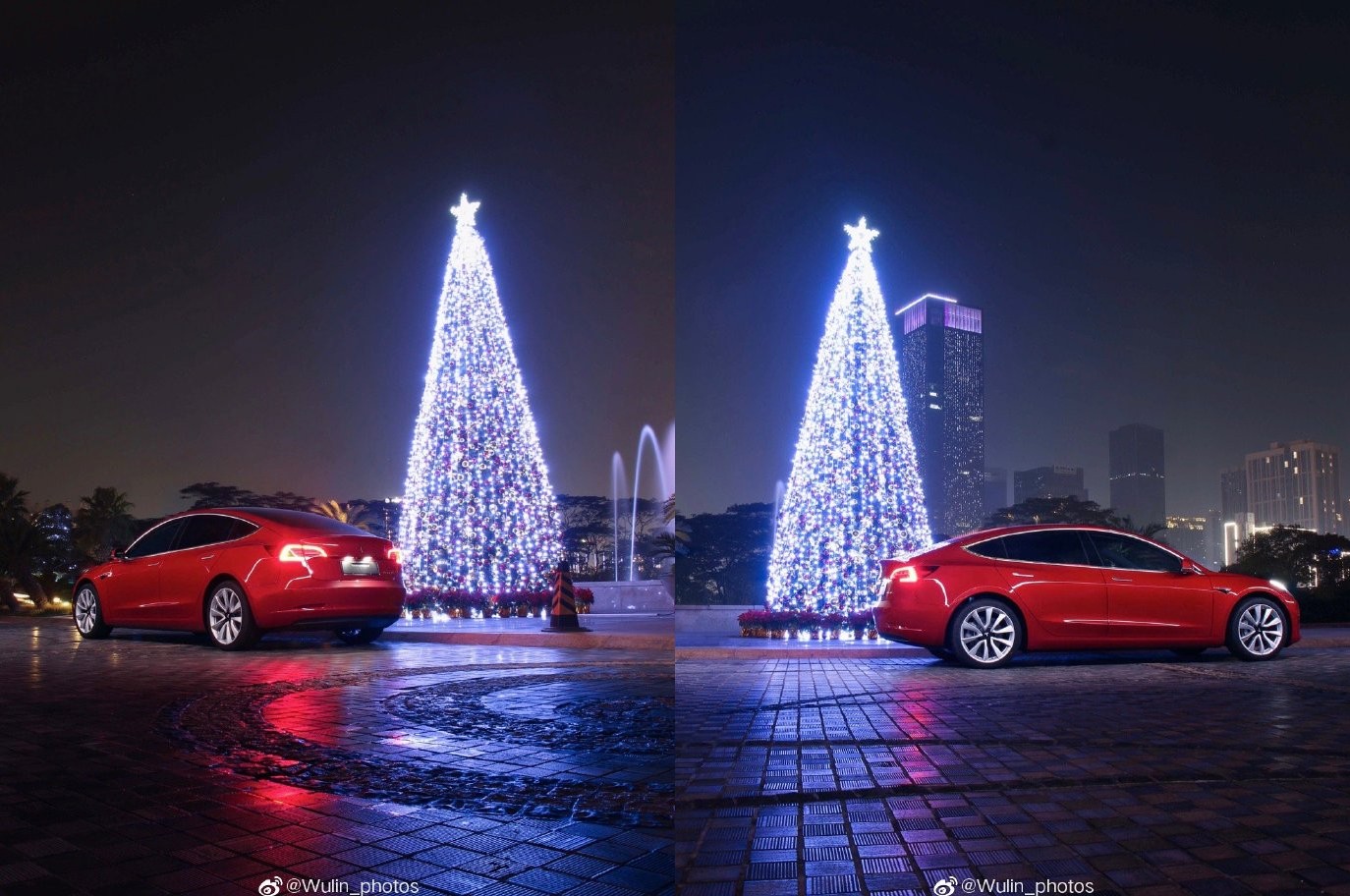
Tesla’s Holiday Update is going to be on its way soon, and although we have no idea what the company is planning to implement into vehicles with the 2025 iteration.
However, the wishlist is extensive, and owners are hoping to get a vast array of new features, both useful and artificial. That’s the fun thing about owning a Tesla — not everything is necessary, and it’s okay for your car to be fun.
There are a handful of big wishes, and we’ve seen a lot of different requests out there based on what owners are saying on social media. Nevertheless, what Tesla should bring and what Tesla will bring are two different things.
🚨 All I Want for Christmas (in the Tesla Holiday Update) is:
1. More streaming platforms
2. Summon for Cybertruck
3. Easier Navigation adjustment for a preferred route instead of the optimal choiceWhat else? pic.twitter.com/qapS1jXAuB
— TESLARATI (@Teslarati) November 16, 2025
In past years, Tesla has brought both useful things and fun things with the Holiday Update. The Custom Lock Sound, new Light Shows, and even High Fidelity Park Assist have all come in past updates, among many other things. But for 2025, people want even more, and here’s what we have seen most frequently thus far:
More Streaming Platforms
This is a personal request of ours, and it’s something that we feel is long overdue.
Sure, Netflix, Disney+, and Hulu are all great — but there’s a lot of meat left on that bone. HBOMax, Paramount+, and even YouTube TV would be a great option for those of us who have subscriptions and want to watch Live Events while Supercharging or eating in our cars.
The fact that Tesla has not added more platforms to its in-car Theater in a few years has been, dare I say, disappointing?
Full Self-Driving for Europe
This is something not even Santa can help with. Although his Elves are known for their high productivity, we’re not even sure they could convince European regulators to open the door for FSD’s entrance into the market.
Tesla deploys Unsupervised FSD in Europe for the first time—with a twist
FSD is definitely capable of handling European driving conditions, but regulators are truly dragging their feet through the mud with the approval process. Tesla has tested FSD in several countries in Europe, but nothing has been set in stone yet.
Deeper Grok Integration
Many owners have said something about how Grok is truly not super in-tune with the vehicles. This is something any owner will experience.
It seems Grok should be capable of handling all in-car requests; everything from changing the A/C to a specific temperature to adding a stop within the Navigation should be handled by Grok.
Instead, Grok cannot handle those things currently. You have to speak to the car itself using the microphone button on the steering wheel.
Interestingly, some vehicles already have the Grok logo replacing the microphone. It is likely the most realistic request of all.
‘Learn’ Mode for Full Self-Driving Arrival Options
Although it is great for public destinations, FSD still does not allow you to choose a set parking spot at your residence. It also does not allow you to choose preferences for parking in large parking lots.
Renters, and even those who live in purchased townhomes, often have assigned parking spots. Full Self-Driving v14 has done a great job of doing half the work, but there have been too many times when I’ve arrived home, the car pulls me into a spot, and I’m forced to manually back out and park in my assigned space.
Many people also do not like to park toward the entrance of a store, me included. Parking away from the front of a store eliminates parking congestion and usually is a safer bet for your vehicle to keep from being dinged by careless drivers who swing their doors open.
Navigation Adjustments
Sometimes you don’t want to turn left on the street the navigation chooses. Maybe you want to go a block down and check out that new Portuguese restaurant that just opened on the way to your next destination.
This is only possible currently by inputting a waypoint that would take you that way. Instead, the center screen could be opened, and the driver should be able to select an alternative route by simply touching a street they’d rather travel on.
Investor's Corner
Tesla wins $508 price target from Stifel as Robotaxi rollout gains speed
The firm cited meaningful progress in Tesla’s robotaxi roadmap, ongoing Full Self-Driving enhancements, and the company’s long-term growth initiatives.

Tesla received another round of bullish analyst updates this week, led by Stifel, raising its price target to $508 from $483 while reaffirming a “Buy” rating. The firm cited meaningful progress in Tesla’s robotaxi roadmap, ongoing Full Self-Driving enhancements, and the company’s long-term growth initiatives.
Robotaxi rollout, FSD updates, and new affordable cars
Stifel expects Tesla’s robotaxi fleet to expand into 8–10 major metropolitan areas by the end of 2025, including Austin, where early deployments without safety drivers are targeted before year-end. Additional markets under evaluation include Nevada, Florida, and Arizona, as noted in an Investing.com report. The firm also highlighted strong early performance for FSD Version 14, with upcoming releases adding new “reasoning capabilities” designed to improve complex decision-making using full 360-degree vision.
Tesla has also taken steps to offset the loss of U.S. EV tax credits by launching the Model Y Standard and Model 3 Standard at $39,990 and $36,990, Stifel noted. Both vehicles deliver more than 300 miles of range and are positioned to sustain demand despite shifting incentives. Stifel raised its EBITDA forecasts to $14.9 billion for 2025 and $19.5 billion for 2026, assigning partial valuation weightings to Tesla’s FSD, robotaxi, and Optimus initiatives.
TD Cowen also places an optimistic price target
TD Cowen reiterated its Buy rating with a $509 price target after a research tour of Giga Texas, citing production scale and operational execution as key strengths. The firm posted its optimistic price target following a recent Mobility Bus tour in Austin. The tour included a visit to Giga Texas, which offered fresh insights into the company’s operations and prospects.
Additional analyst movements include Truist Securities maintaining its Hold rating following shareholder approval of Elon Musk’s compensation plan, viewing the vote as reducing leadership uncertainty.
@teslarati Tesla Full Self-Driving yields for pedestrians while human drivers do not…the future is here! #tesla #teslafsd #fullselfdriving ♬ 2 Little 2 Late – Levi & Mario
Elon Musk
Tesla CEO Elon Musk teases autobiography following fallout with Isaacson
“I need to tell my story myself and highlight lessons that I learned along the way that would be useful to others.”
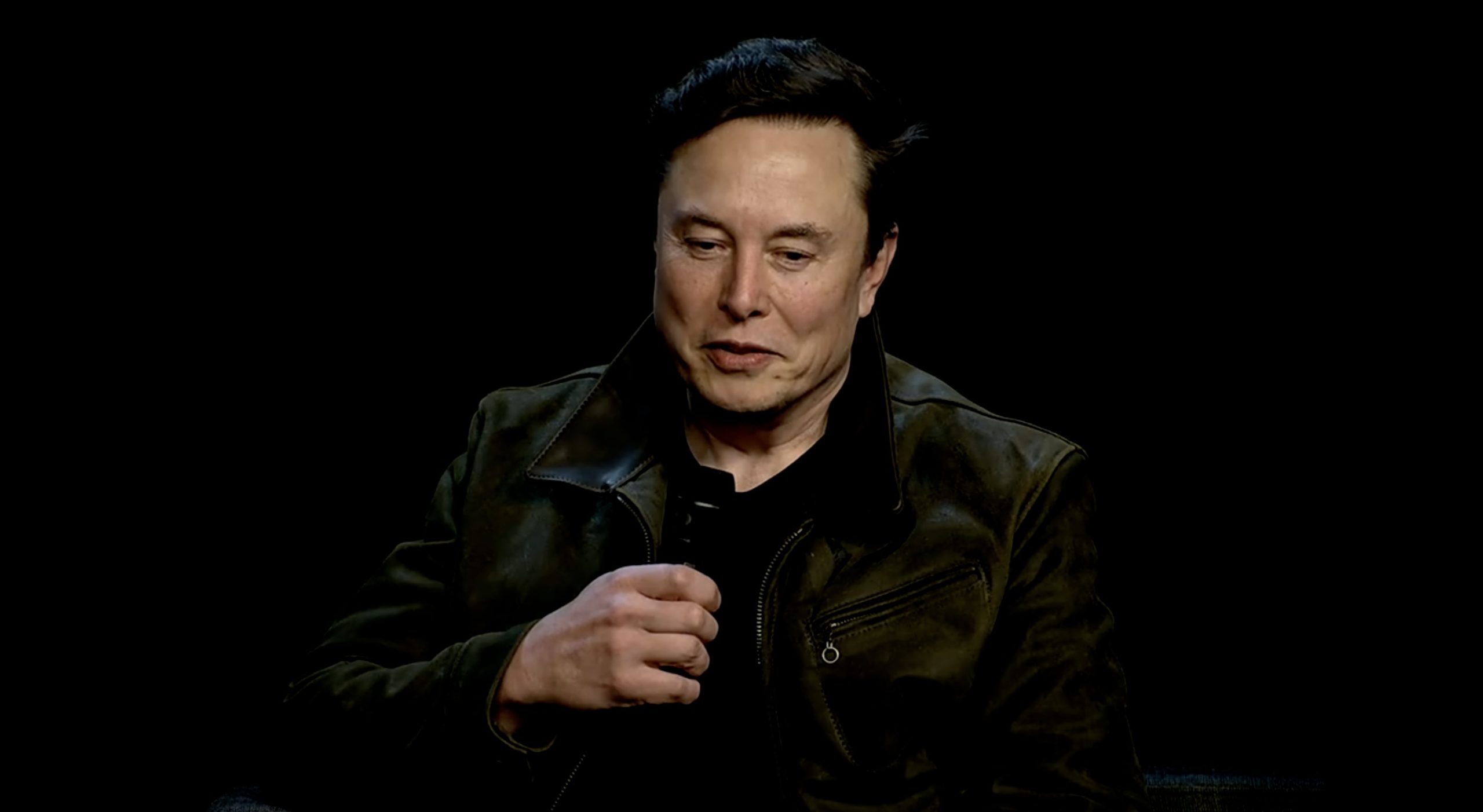
Tesla CEO Elon Musk teased the potential for an autobiography following his fallout with author Walter Isaacson, who wrote a book on the serial entrepreneur in the past.
Isaacson met with C-SPAN’s American’s Book Club on November 13, and went into detail as to why he disagreed with Musk’s place in politics, especially with how he handled Department of Government Efficiency (DOGE):
“It’s a shame because had he gone into government and focused on what he’s good at…He could have changed the government for good, but instead…he started, you know, let’s get rid of this part of USAID and firing people.”
It’s sort of a shame to see Isaacson cast stones in the direction of Musk, whom he spent a significant amount of time with, aiming to put forth an accurate and realistic depiction of perhaps the greatest entrepreneur in the modern era.
However, Musk did not come back at Isaacson. Instead, he highlighted the need for what could potentially be his autobiography, aiming to “highlight lessons that [he] learned along the way that would be useful to others.”
I need to tell my story myself and highlight lessons that I learned along the way that would be useful to others
— Elon Musk (@elonmusk) November 17, 2025
Musk’s time in government was met with harsh criticisms from many, but there was a lot of support for the work that he did during his time with DOGE as well. Eventually, Musk’s responsibilities with DOGE started to wind down, and he pledged to step back from government to focus on his companies.
A Musk-written biography would potentially be a great book for those who are interested in his story, but also those who plan to enter entrepreneurism, tech, or the sciences, as there truly could be some excellent lessons within.
However, Musk’s recently approved compensation package and the tranches that could pay him $1 trillion in shares will likely take up most of his time. Tesla also has a lofty goal of launching Robotaxi and expanding the ride-hailing service to other areas of the country in the coming months.
@teslarati With a pedestrian in the crosswalk, Tesla Full Self-Driving shows off its courtesy. Human drivers? Not so much. #tesla #teslafsd #fullselfdriving ♬ AMERICAN HEART – Maxwell Luke
-
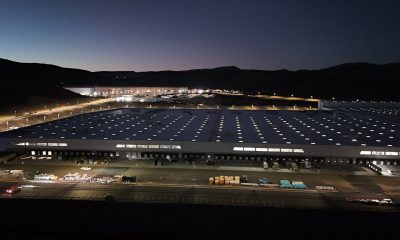
 News1 week ago
News1 week agoTesla shares rare peek at Semi factory’s interior
-

 Elon Musk2 weeks ago
Elon Musk2 weeks agoTesla says texting and driving capability is coming ‘in a month or two’
-
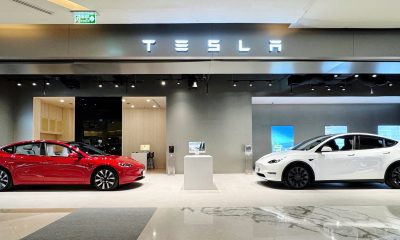
 News1 week ago
News1 week agoTesla makes online ordering even easier
-
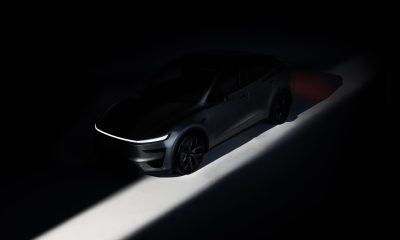
 News1 week ago
News1 week agoTesla Model Y Performance set for new market entrance in Q1
-
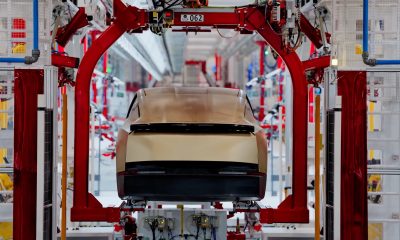
 News2 weeks ago
News2 weeks agoTesla Cybercab production starts Q2 2026, Elon Musk confirms
-
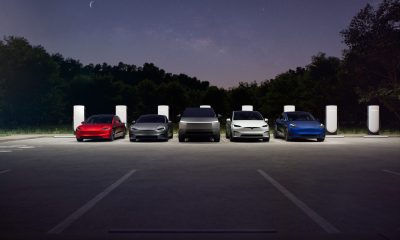
 News1 week ago
News1 week agoTesla is launching a crazy new Rental program with cheap daily rates
-

 News2 weeks ago
News2 weeks agoTesla China expecting full FSD approval in Q1 2026: Elon Musk
-
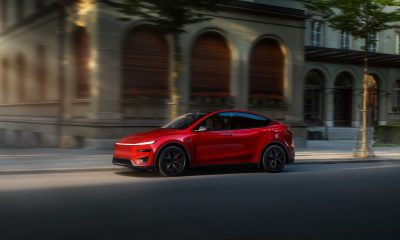
 News2 weeks ago
News2 weeks agoTesla Model Y Performance is rapidly moving toward customer deliveries

